The calendar of astronomy in 2018 is loaded with great events from rains of shooting stars to eclipses and other astronomical phenomena that can not be missed.
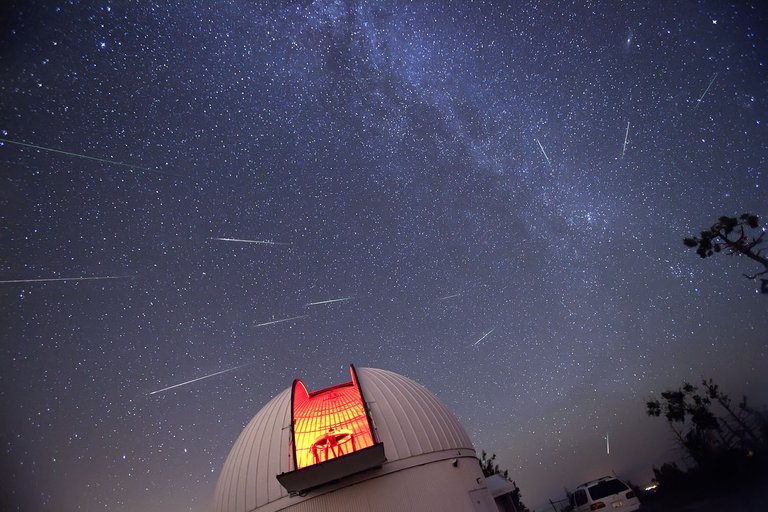
2018 will be a year full of events for space exploration, which has amateurs and professionals in astronomy very anxious. Throughout 2018 we can enjoy different incredible celestial phenomena and must-see. Here is a small guide to all the upcoming events for 2018.
JANUARY
_
The Moon was in its full phase on January 2, coinciding with the time when our natural satellite was at the point closest to Earth, an event also called perigee. On January 24, it will be in the first quarter and by January 31 we will once again enjoy a full moon in the sky. Since it will be the second time that the Moon is in full phase in the same month, something that usually happens a few times, we speak of Blue Moon, although we will not observe that tonality in our satellite
The same January 31, along with the full Moon, there will be a total eclipse of the Moon. The phenomenon can be seen from western North America, through the Pacific, to Asia and Australia.
FEBRUARY
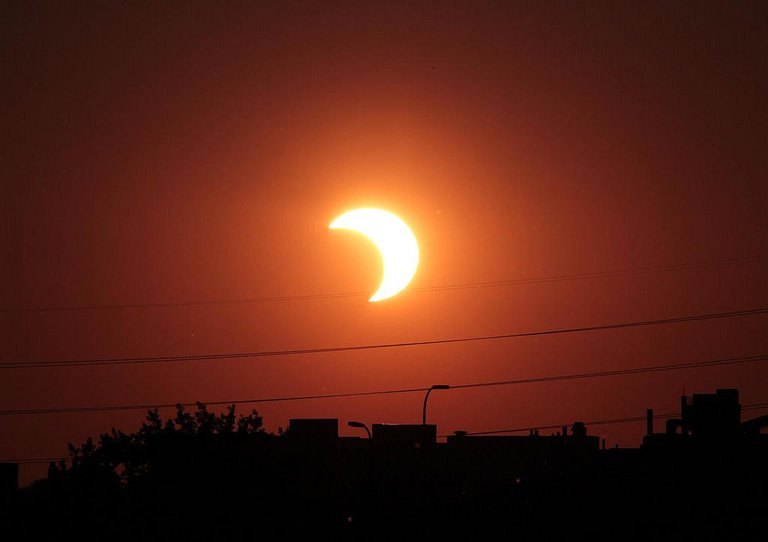
On February 15 there will be a partial solar eclipse. This celestial phenomenon will be visible from Antarctica and southern South America. Also during the second month of 2018 there will be two minor rains of stars, known as alfa centáuridas the first on February 8 and the second delta-leónidas on February 24.
MARCH
_
At the beginning of March, on day 2, we will be able to enjoy a full moon, an event that will be repeated at the end of the month on the 31st. In addition to the phases of our moon, during this month there will be two unimportant showers of stars: the first, the gamma-nórmidas on March 13 and second the virginids on March 25. In addition, on March 20 will be the spring equinox in the northern hemisphere, while in the south will start the autumn
APRIL
_
In addition to the different faces of our lunar satellite, April will give us two showers of stars not too well known: the lids and the pi-púppidas, whose maximum activity will take place on April 22 and 24, respectively.
MAY
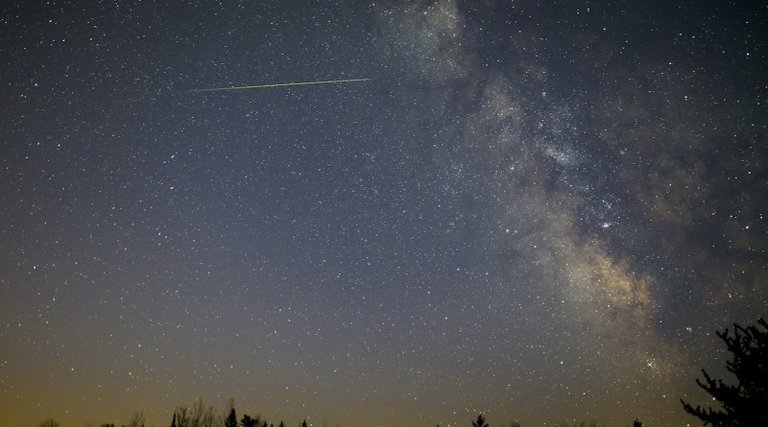
On May 6th we will be able to enjoy the maximum of the Eta Aquariids, a shower of stars associated with the famous Comet Halley, which will have an activity of 60 meteors per hour. also the month of May will be able to contemplate the sagitáridas, some weak meteors that will be able to be seen the 20 of May in the sky. So also our moon can be seen in its full phase on the 29th of this month.
JUNE
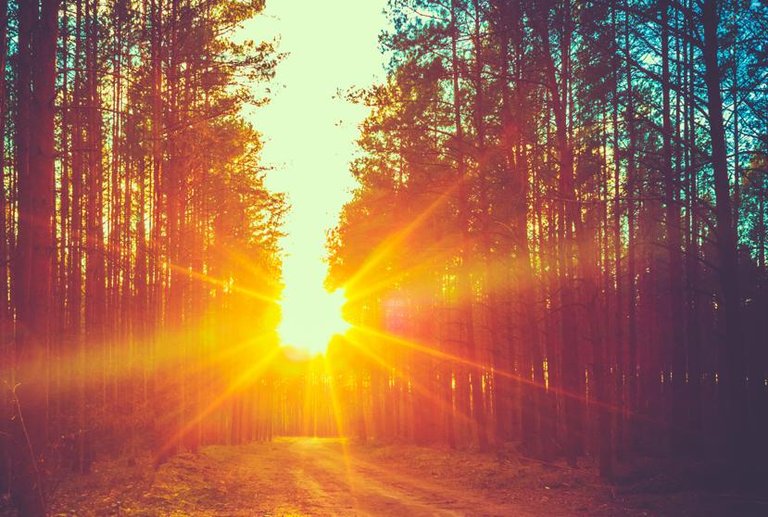
For this month we will have on June 21 the unmissable summer solstice in the northern hemisphere, and the beginning for its part of the winter in the southern hemisphere. To end the month we will have the June booties, some shooting stars of weak character, on the 27th. Immediately the next day, June 28, the moon will be in its full phase.
JULY
_
This month will be full of astronomical events. July will have five different star showers, but none will be too relevant compared to the famous perseidas of August. The meteor shower that we will be able to observe will be the pegasides on July 10, the phoenicides on July 13, the Austrian piscis and the delta-acuaridas south on July 28 and finally the alpha-capricórnidas on July 30.
On July 27 we will enjoy a new full moon in the sky. For the week of July 13, there will be a partial solar eclipse, which will be visible from southern Australia and from Antarctica.
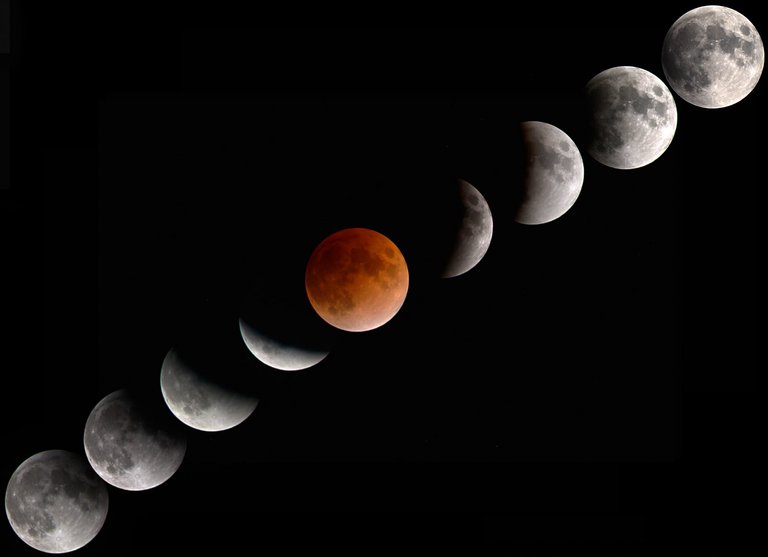
On the other hand, for the fans of the moon on the 27th of the same month there will be a total eclipse of the Moon that will have its maximum point at 22:21 h (peninsular time). One of the most striking things about this lunar event will be the strong reddish tone with which we can observe the Moon, due to the great depth of the eclipse and its combination with refraction near the horizon. This event can also be seen in Europe, South America, Africa, Asia and Australia.
AUGUST
On August 18, the moon will be in its crescent phase and will reach its full phase on August 26. On August 11 there will be a partial solar eclipse. This event, however, can only be enjoyed from Greenland and the extreme north of Canada, Europe, and the northern part of Asia.
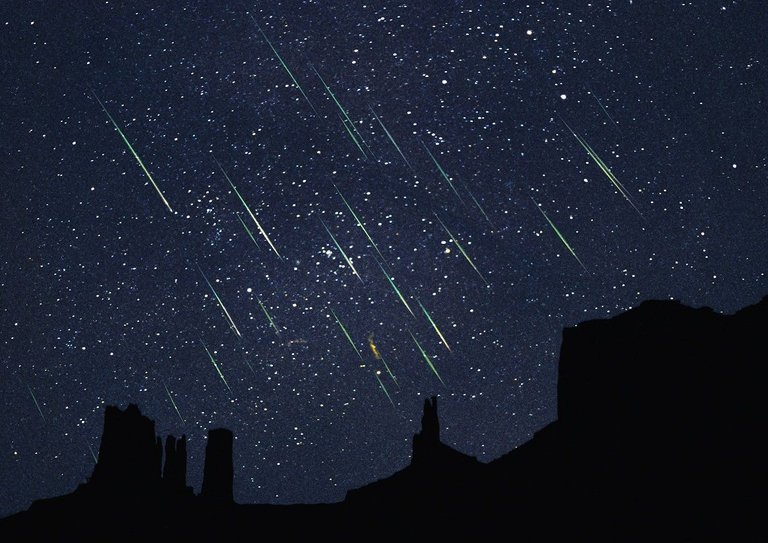
The maximum point of the persecuted will be next August 13. The so-called Tears of San Lorenzo will have an activity of approximately 100 meteors per hour. During the month of August there will be other meteors such as the Iota-Acuaridas south on August 4, the delta-Acuaridas north on August 8, the Kappa-Cicgnidas on August 18 and to finish the Iota-Acuaridas north on August 20.
SEPTEMBER
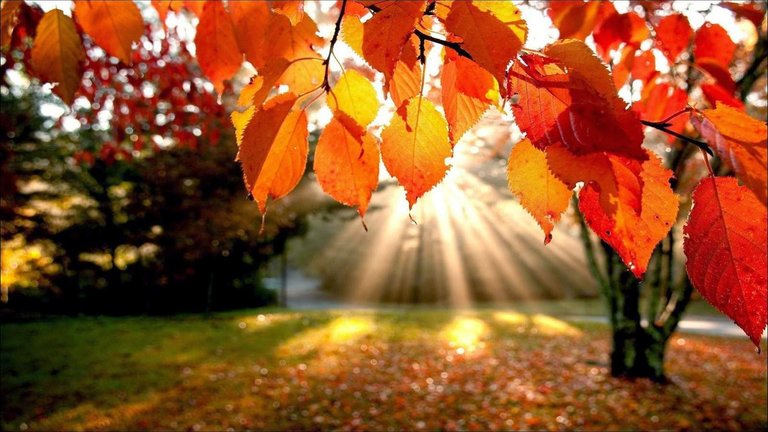
September 25 will be full moon night. In addition, on September 23 will officially start the autumn in the northern hemisphere.
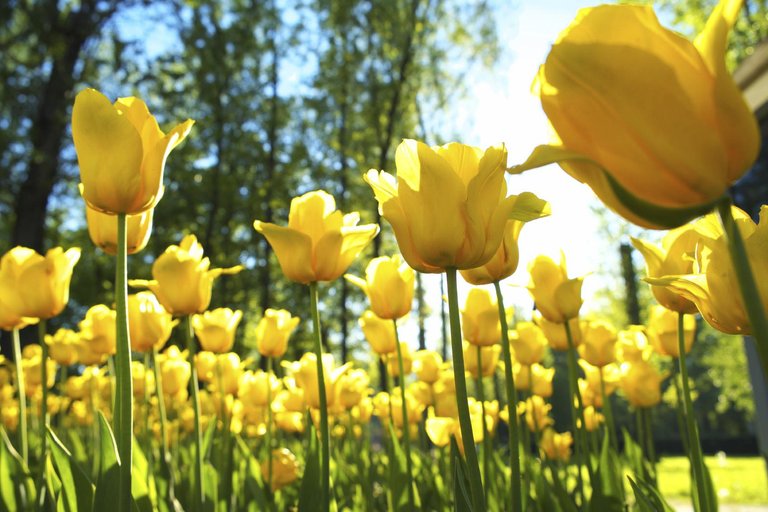
On the other side, that same day will be the spring equinox in the southern hemisphere. The three rains of faint shooting stars that we will be able to observe during the month of September will be the alpha-aurigids on September 1, the delta-aurigids on September 9 and the pescids on September 20.
OCTOBER
_
For October 24 we will end the month enjoying an incredible full Moon in the sky. In addition, the draconian meteors can be seen on October 8, as well as the epsilon-geminids on October 18 and the Orionids on October 21.
NOVEMBER
_
Our moon satellite will find its full phase on the 23rd of the month. Likewise, during this month there will be faint shooting stars in the sky, which will be the South Taurids on November 5, the North Taurids on November 12, the Leonids on November 17 and the Alpha-Monkeys on November 21.
DECEMBER
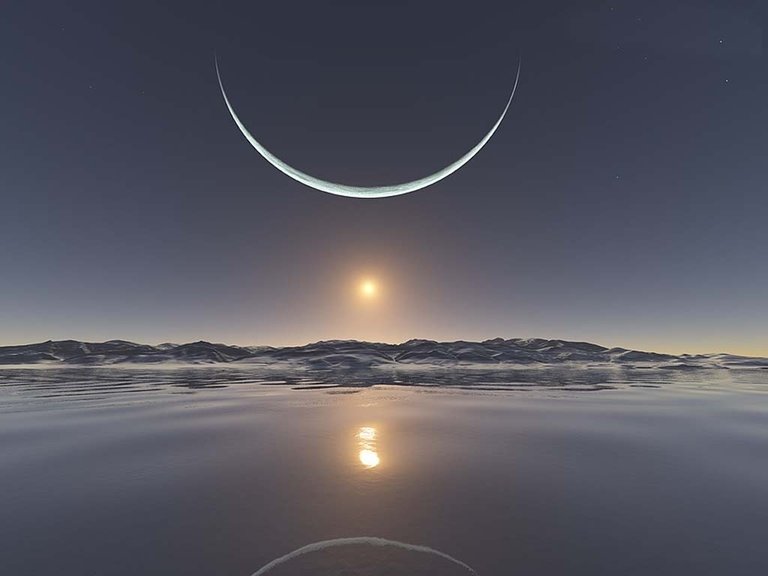
During the last month of the year there will also be the winter solstice, which will be on December 21 in the northern hemisphere, as well as the same day will begin the summer in the southern hemisphere.
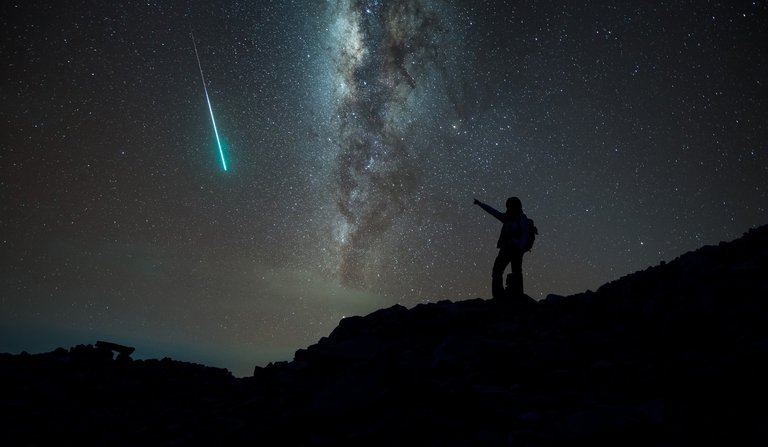
The last important shooting stars of the year will be the Geminids, whose maximum point can be observed on December 14 with an estimated activity of 120 meteors per hour. But these will not be the last of 2018, the shooting stars of December include the chi-orionids on December 2, the phoenicides on December 6, the pulpids / vélidas on December 7, the monocreotids on December 9, the sigma- hydrides on December 12, the berenices on December 20 and the end of the year on December 22.
Hello danielfuentes,
@SteemEngineTeam would like to take the time to thank you for signing up and participating in our community. Your contributions and support are important to us and we hope you will continue to use our platform.
We plan to give back to our community members, so have an upvote on us
Thank you.
Came for the photos, stayed for the info! Great post!
Thanks my friend! it's really great you like, thank you for passing by. Hope see you soon!
nice
Thank you, im glad you like it!!